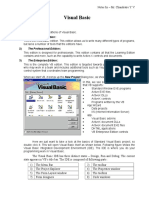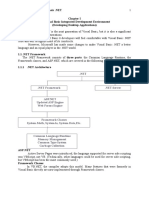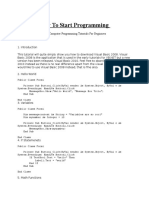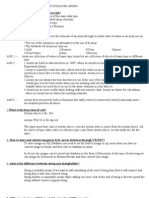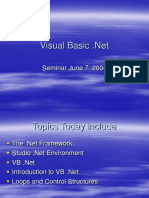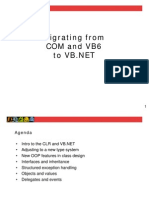0% found this document useful (0 votes)
29 views11 pagesAsnwers
The document provides an overview of the .NET Framework architecture, including components like CLR, FCL, CTS, and CLS, as well as the concept of namespaces. It discusses key programming concepts in VB.Net such as functions, procedures, abstraction, encapsulation, event-driven programming, and class libraries, along with practical code examples. Additionally, it covers the creation of user interfaces and functionalities like a student registration form and a countdown timer.
Uploaded by
PakeezaCopyright
© © All Rights Reserved
We take content rights seriously. If you suspect this is your content, claim it here.
Available Formats
Download as DOCX, PDF, TXT or read online on Scribd
0% found this document useful (0 votes)
29 views11 pagesAsnwers
The document provides an overview of the .NET Framework architecture, including components like CLR, FCL, CTS, and CLS, as well as the concept of namespaces. It discusses key programming concepts in VB.Net such as functions, procedures, abstraction, encapsulation, event-driven programming, and class libraries, along with practical code examples. Additionally, it covers the creation of user interfaces and functionalities like a student registration form and a countdown timer.
Uploaded by
PakeezaCopyright
© © All Rights Reserved
We take content rights seriously. If you suspect this is your content, claim it here.
Available Formats
Download as DOCX, PDF, TXT or read online on Scribd
/ 11






